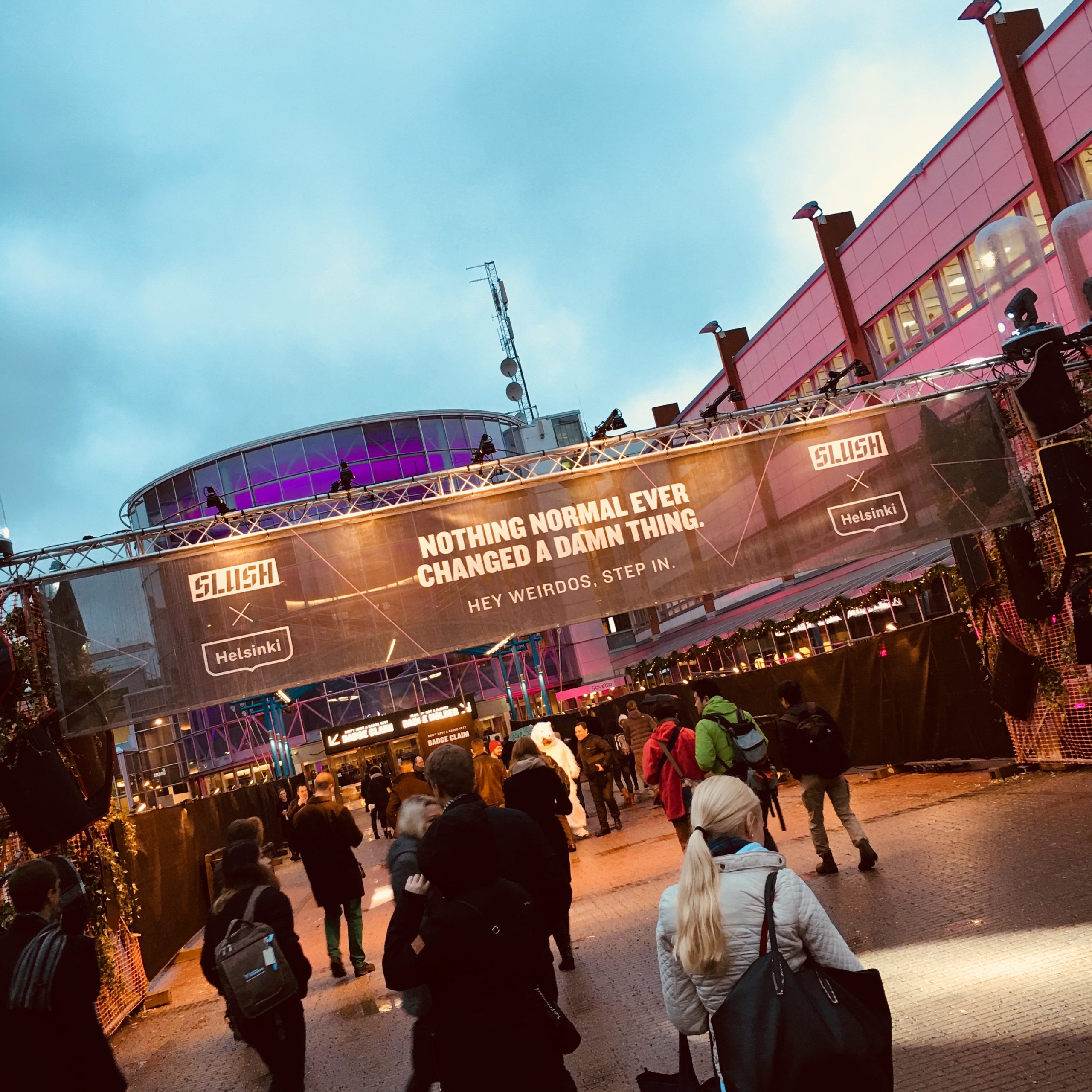Work with technology startups for any length of time, or visit any industry conference these days, and you’re bound to hear plenty about the principles of user experience and customer-centric design. Pretty quickly you’ll find yourself thinking very differently about your experience of even the most everyday objects, services, and interactions. I know I certainly have.
I suspect it’s that conditioning, coupled with the feeling of — despite our shared language — being distinctly foreign, that led me during a recent business trip to New York (of which more to follow in a separate post) to a powerful thought I have been unable to shift since.
The New York City subway network is a masterpiece of poor customer experience design.
Let me tell you why. Call it therapy. (You may want to make yourself a cup of tea and sit down first.)
- The names of the lines (all 23 of them — 23! — 1, 2, 3, 4, 5, 6, 7; A, B, C, D, E, F, G, J, L, M, N, Q, R, S, W, Z) are entirely unmemorable, interchangeable, and indistinguishable, and offer no clues as to the geographic coverage of the lines or the specific stations they serve. London’s lines may have names that seem nonsensical to the uninitiated — Bakerloo, anybody? — but when you stop and think about them they do at least provide some subtle pointers as to where they might take you (Bakerloo, again).
- To compound this confusing blandness, several lines are represented on the network map by the same colours. The A, C, and E are all “vivid blue”; the B, D, F, and M (which variously snake between the Bronx, Manhattan, and north, central, and south Brooklyn) are all depicted in “bright orange”; want the N, Q, R, and W, they’re all “sunflower yellow”; it’s “tomato red” for the 1, 2, and 3; the 4, 5, and 6 are all “apple green” (not to be confused with the “lime green” G). Granted, there are 23 different lines and only a certain number of genuinely visually distinct colours that could be practically used. But therein lies the problem. Many of the lines are simply ‘branches’ of one core route; in London, the 1, 2, and 3, for instance, would in fact be one line with multiple branches, with trains clearly identified by destination.
- But just when you think you’ve got to grips with the boring line names and mastered the homogeny of their colourings, you get caught out by the frequent mystery of which stations a train on a given line actually stops. It’s never entirely clear, and just to mix things up it can change — ‘local’ or ‘express’ — depending on time of day or day of week. (Of course, it’s never especially well-publicised which service is running on a particular line at any given time; nor is it ever really specified what the difference between a local and an express service is. Buy a ticket for the lottery.)
- Signs at the station concourse level will generally helpfully indication which stairs to take for trains going to Manhattan, say, or in the direction of Brooklyn. That’s a start (although not necessarily all the information you need if, for instance, trains on your line go from Brooklyn to Manhattan and then to a different part of Brooklyn altogether). But often, once you get down to the platform level, line directions are marked only by the name of the final station, not by compass direction or region. So if you don’t happen to know where your train is meant to ultimately end up, get ready to scramble for that map again, you tourist. The London Underground at least gives you handy compass-point-based guidance.
- If you do get confused and head in the wrong direction, prepare to take the hit to your MetroCard — at some stations it’s impossible to move between one platform and the other on a given line without swiping out of the station and back in again. Really. That’s on top of certain platforms being plain inaccessible from certain street-level entrances. And don’t bank on a handy line transfer to bail you out of trouble, as these are — especially outside of Lower Manhattan — bewilderingly few and far between. Meanwhile, vast tracts of what would, in London, be well-serviced Zones 2 and 3 are entirely bereft of subway coverage at all.
- To muddy the waters even further, there are often multiple stations with the same name (or part-name), all on different lines. There are five stations called 23rd Street, for instance — on the C and E, 1, F and M, R and W, and 6 lines. If you’re trying to get somewhere on 23rd Street, you’ll want to make sure you know which of the five stations you need and plan your journey around that.
- The map as a whole is, in places, borderline unintelligible. And, probably counterintuitively to anyone who hasn’t thought a great deal about transport network maps, that’s because of its fidelity to real-world geography, rather than in spite of it. The genius move that made the London Underground map so easily understandable was designer Harry Beck’s move to redraw the map along geometric lines that took liberties with geography where necessary for clarity, a principle that has ensured the map remains legible even as the network has become exponentially more complex over the decades.
- Onboard service communications leave plenty to be desired. Station and route announcements, whether automated or delivered by the driver, are frequently inaudible over the din of train on track, and when they can be heard tend to sound they’ve been delivered from underwater. There are hardly any network maps on the trains themselves, and the ones that there are are strategically located so as to be almost totally obscured by any passenger who chooses to sit in the seat in front of them.
- Your ticket still needs to be manually swiped — not too quickly, not too slowly — at the turnstile to access the platforms at a station. No seamless Oyster-style tapping or contactless payment cards here. And if you don’t quite manage to hit the Goldilocks swiping speed first (or second, or even third) time, prepare for a backlash from the queue of people being held up behind you. And the people in front of you. Because, yes, the same turnstiles are used to leave the station as are to enter. Cue plenty of awkward jockeying for position as you see someone approaching from the other side.
Don’t get me wrong. I don’t want to come across as a moaning Little Englander. Our own London Underground is of course far from perfect (though plenty better than most people give it credit for, in the grand scheme of things). But I’m not carping for the sake of it. The New York City subway is fundamentally broken to the point of being actively user-hostile.
To ‘outsiders’, at least. One American I met remarked — with a grasp of irony that defied the national stereotype — that for a nation founded by explorers and immigrants the US had become in many ways one of the most insular places in the world. He cited the fact that only a tiny percentage of Americans possess a valid passport (and not that many more have even ever left their home state). But I think that, with the amount that you have to just know to get to where you want to go, the subway might be another pitch perfect example of that inward-looking attitude.
The MTA has a lot to answer for, but I do have to hand them one thing. Fully-functional air conditioning and mobile network signal across the subway network is just peachy. Paging Mayor Khan.




